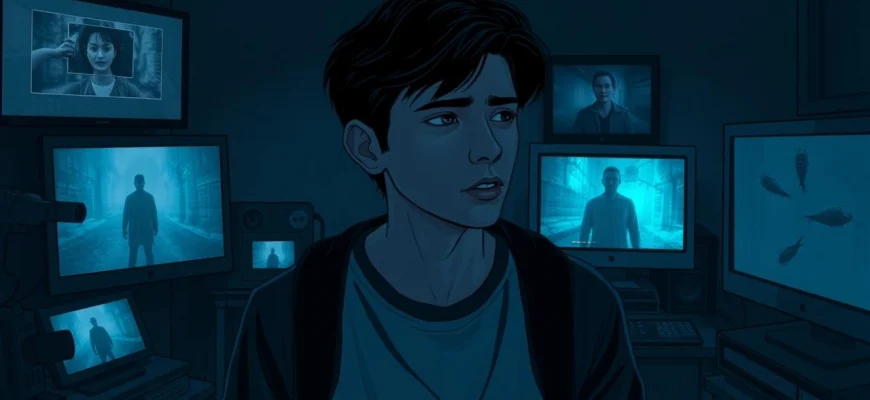If you loved the found-footage superhero thriller 'Chronicle' (2012), you're in for a treat! This article explores 10 movies and TV shows that capture the same blend of raw, handheld cinematography, supernatural abilities, and gripping storytelling. Whether you're drawn to the psychological depth, the high school setting, or the dark exploration of power, these recommendations will satisfy your craving for more films like 'Chronicle.' Dive in and discover your next favorite watch!
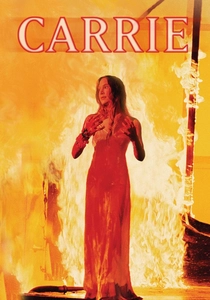
Carrie (1976)
Description: Like 'Chronicle', 'Carrie' tells the story of a young person with telekinetic powers who struggles with bullying and social isolation. Both films culminate in dramatic, violent outbursts as the protagonists lose control of their abilities. The themes of power, revenge, and teenage angst are central to both narratives.
Fact: 'Carrie' is based on Stephen King's first published novel. The film's infamous prom scene used over 400 gallons of fake blood. Sissy Spacek was nominated for an Academy Award for her performance as Carrie White.
 Watch Now
Watch Now 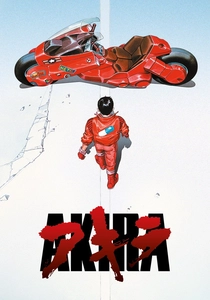
Akira (1988)
Description: Like 'Chronicle', 'Akira' delves into the psychological and physical transformation of young individuals who gain superhuman abilities. Both films explore themes of power, corruption, and the struggle for control. The visual aesthetics in 'Akira' are groundbreaking, much like the innovative cinematography in 'Chronicle'.
Fact: 'Akira' is based on a manga series of the same name by Katsuhiro Otomo. The film's budget was approximately $
 Watch Now
Watch Now 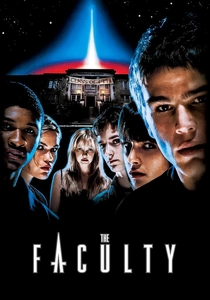
The Faculty (1998)
Description: 'The Faculty' and 'Chronicle' both center on high school students who discover and combat a supernatural threat. The films blend sci-fi and horror elements, with a strong emphasis on teenage camaraderie and rebellion. The ensemble casts in both movies contribute to their dynamic and engaging narratives.
Fact: 'The Faculty' was written by Kevin Williamson, known for 'Scream'. The film features early performances by Elijah Wood, Josh Hartnett, and Jordana Brewster. The creature effects were designed by the same team behind 'Men in Black'.
 Watch Now
Watch Now 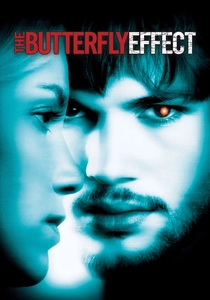
The Butterfly Effect (2004)
Description: Both 'The Butterfly Effect' and 'Chronicle' deal with young protagonists who discover they have the power to alter reality, leading to unintended and often tragic consequences. The films share a dark tone and explore themes of fate, responsibility, and the fragility of human life.
Fact: Ashton Kutcher performed many of his own stunts in the film. There are multiple endings to 'The Butterfly Effect', including a director's cut with a significantly darker conclusion. The film's title refers to the chaos theory concept that small changes can have large effects.
 Watch Now
Watch Now 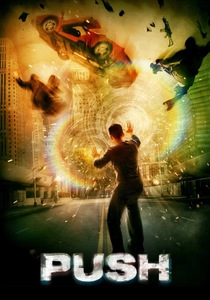
Push (2009)
Description: Like 'Chronicle', 'Push' revolves around young individuals with extraordinary abilities, in this case, psychic powers. Both films explore the themes of power, control, and the ethical use of abilities. The urban settings and youthful protagonists create a similar vibe in both movies.
Fact: 'Push' was filmed in Hong Kong, giving it a unique visual style. The film features a diverse cast, including Chris Evans, Dakota Fanning, and Camilla Belle. The screenplay was written by David Bourla, who also worked on 'The Bourne Identity'.
 Watch Now
Watch Now 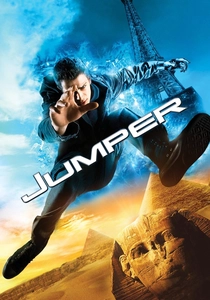
Jumper (2008)
Description: 'Jumper' and 'Chronicle' both feature young men who suddenly acquire superhuman abilities—teleportation in 'Jumper' and telekinesis in 'Chronicle'. Both protagonists use their powers for personal gain before realizing the broader implications. The films also share a focus on the protagonists' relationships and personal struggles.
Fact: 'Jumper' is based on the novel by Steven Gould. The film's production budget was $85 million. Hayden Christensen trained in parkour to perform many of his own stunts.
 Watch Now
Watch Now 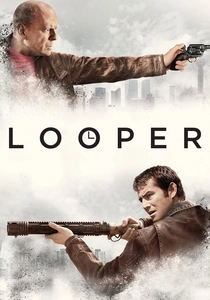
Looper (2012)
Description: 'Looper' shares with 'Chronicle' a focus on young men dealing with extraordinary circumstances—time travel and telekinesis, respectively. Both films examine the moral dilemmas and personal growth that come with these abilities. The storytelling in both movies is character-driven, with a strong emphasis on the protagonists' internal conflicts.
Fact: Joseph Gordon-Levitt wore prosthetic makeup to resemble a younger Bruce Willis. The film was shot in Louisiana, taking advantage of tax incentives. Director Rian Johnson also wrote the screenplay, which took nearly a decade to develop.
 Watch Now
Watch Now 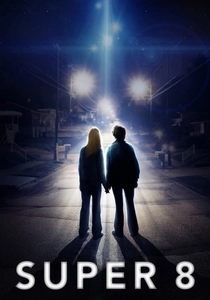
Super 8 (2011)
Description: Both 'Super 8' and 'Chronicle' feature a group of young friends who encounter extraordinary and dangerous phenomena. The films share a coming-of-age theme, with the protagonists navigating both personal and external challenges. The amateur filmmaking aspect in 'Super 8' parallels the found-footage style of 'Chronicle'.
Fact: 'Super 8' was directed by J.J. Abrams and produced by Steven Spielberg. The film's title refers to the Super 8 mm film format used by the young protagonists. The train crash scene was one of the most expensive and complex sequences in the film.
 Watch Now
Watch Now 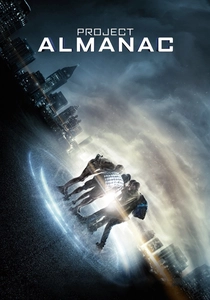
Project Almanac (2015)
Description: Similar to 'Chronicle' (2012), 'Project Almanac' explores the theme of young individuals gaining extraordinary abilities—in this case, time travel—and the consequences of their actions. Both films use a found-footage style, creating an immersive and realistic feel. The protagonists in both movies struggle with the moral implications and personal costs of their newfound powers.
Fact: 'Project Almanac' was produced by Michael Bay. The film was originally titled 'Welcome to Yesterday'. It was shot in Atlanta, Georgia, and features several local landmarks.
 Watch Now
Watch Now 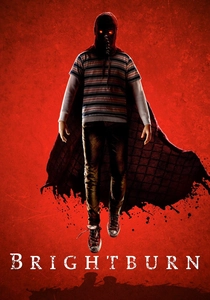
Brightburn (2019)
Description: 'Brightburn' and 'Chronicle' both explore the dark side of superhuman abilities, focusing on young protagonists who turn their powers toward destructive ends. Both films subvert the traditional superhero narrative, offering a more sinister take on the genre.
Fact: 'Brightburn' was produced by James Gunn. The film's tagline is 'What if a child from another world crash-landed on Earth, but instead of becoming a hero to mankind, he proved to be something far more sinister?' The movie's score was composed by Timothy Williams, who also worked on 'The Belko Experiment'.
 Watch Now
Watch Now 
